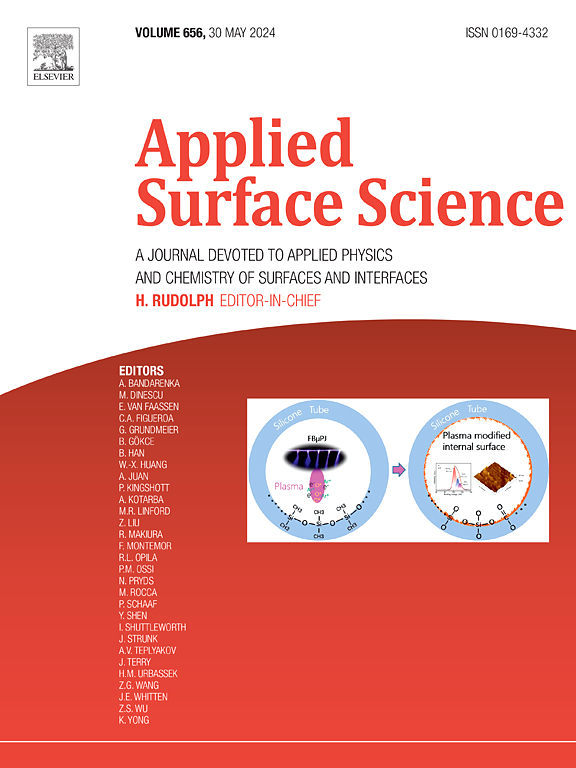Multi-interfacial heterojunctions Fe3O4@NiCo2O4/NiCoP as efficient electrocatalysts for urea-assisted rechargeable Zn-air batteries
IF 6.3
2区 材料科学
Q2 CHEMISTRY, PHYSICAL
引用次数: 0
Abstract
The development of Zn-air batteries (ZABs) is crucial to alleviate conventional fossil energy shortages and environmental problems. However, the slow thermodynamic process of the oxygen evolution reaction (OER) impedes its application. Urea oxidation reaction (UOR), substituting for OER, offers a thermodynamically favorable alternative and is useful for treating urea waste streams. However, both reactions suffer from slow kinetics and catalysts are urgently required to accelerate the reaction. In this study, a bifunctional sea urchin-shaped catalyst Fe3O4@NiCo2O4/NiCoP synthesis involved a two-step hydrothermal and phosphatization. Its heterogeneous structure and defects produced by the introduction of P enhance the catalytic performance of both OER and UOR. The catalyst can produce 10 mA cm−2 with an OER reaction potential of only 1.47 V, which outperforms commercial RuO2, and a UOR reaction potential of 1.344 V. ZAB and urea-assisted ZAB (uZAB) assembled by this catalyst have low charging/discharging voltage gaps of 0.69 V and 0.50 V, respectively. In addition, uZAB has a long cycle life (600 cycles) and high energy conversion efficiency (70.8 %). This work presents a uncomplicated and practical way to fabricate new OER and UOR electrocatalysts with good performance and simultaneously deepens the research on Zn-air batteries.


多界面异质结Fe3O4@NiCo2O4/NiCoP作为尿素辅助可充电锌空气电池的高效电催化剂
锌-空气电池(ZABs)的开发对于缓解传统化石能源短缺和环境问题至关重要。然而,氧进化反应(OER)的热力学过程缓慢,阻碍了其应用。尿素氧化反应(UOR)替代了氧进化反应,提供了一种热力学上有利的替代方法,并可用于处理尿素废液。然而,这两种反应的动力学速度都很慢,因此迫切需要催化剂来加速反应。在本研究中,一种双功能海胆状催化剂 Fe3O4@NiCo2O4/NiCoP 的合成涉及水热和磷化两个步骤。其异质结构和 P 的引入产生了更多缺陷,提高了 OER 和 UOR 的催化性能。该催化剂可产生 10 mA cm-2,OER 反应电位仅为 1.47 V,优于商用 RuO2,UOR 反应电位为 1.344 V。由这种催化剂组装的 ZAB 和脲辅助 ZAB(uZAB)具有较低的充放电电压间隙,分别为 0.69 V 和 0.50 V。此外,uZAB 的循环寿命长(600 次),能量转换效率高(70.8%)。这项工作为制备性能良好的新型 OER 和 UOR 电催化剂提供了一种简单实用的方法,同时也深化了锌空气电池的研究。
本文章由计算机程序翻译,如有差异,请以英文原文为准。
求助全文
约1分钟内获得全文
求助全文
来源期刊

Applied Surface Science
工程技术-材料科学:膜
CiteScore
12.50
自引率
7.50%
发文量
3393
审稿时长
67 days
期刊介绍:
Applied Surface Science covers topics contributing to a better understanding of surfaces, interfaces, nanostructures and their applications. The journal is concerned with scientific research on the atomic and molecular level of material properties determined with specific surface analytical techniques and/or computational methods, as well as the processing of such structures.
 求助内容:
求助内容: 应助结果提醒方式:
应助结果提醒方式:


